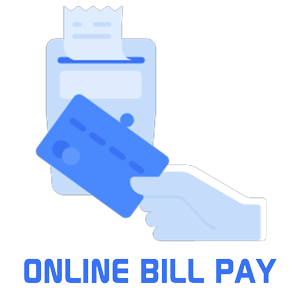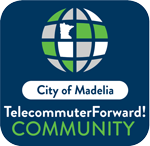Having problems receiving calls - If your landline telephone is working (for example, you can make calls are receiving local calls) but you learn that long-distance or wireless callers have been unable to reach you at your home or business, even when you are there or have an answering machine on, you may be experiencing “failure to complete” problems.
Typical “failure to complete” symptoms include the following:
· Long distance or wireless callers tell you they repeatedly hear nothing or “dead air” for 10 seconds or more after they dial your number. If they stay on the line, the call may seem to be dropped or they may eventually hear a busy signal.
· Long distance or wireless callers tell you they repeatedly hear prolonged ringing on their end after they dial your number (e.g., the callers wait 10-20 rings before they finally hang up).
· Long distance or wireless callers tell you they repeatedly hear a recording such as “The number you have dialed is not in service” or “Your call cannot be completed as dialed” when they know they’ve correctly dialed your number.
What information do I need to report these problems?
· The date and time the call(s) were made or attempted
· The calling and called telephone numbers
· If possible, the name of the long distance or wireless telephone service provider that serves the calling customer
· The person trying to call you to should report the details of the problem to his long distance or wireless telephone service provider. The number to report such problems should appear directly on the person’s monthly bill. That provider should be best able to locate the source of the problem and fixit.
What is the cause of these problems? The problem appears to be occurring in rural areas where long distance or wireless carriers normally pay higher-than-average charges to the local telephone company to complete calls. That is, in order for a long distance or wireless carrier to complete one of its subscriber’s calls to a resident of a rural area, the carrier must get the call to the exchange serving that resident (the local phone company), and then pay a charge to that local carrier to access its exchange. The physical process of getting the call to the exchange is called “routing”, and the charge paid by the long distance company to the local carrier is called an “access charge”. These charges are part of the decades-old system of “access charges” that help pay for the cost of rural networks. To minimize these charges, some long-distance and wireless carriers contract with third-party “least cost routing” service providers to connect calls to their destination at the lowest cost possible. Although many of these contracts include strictly-defined performance parameters, it appears that all too frequently those performance levels are not being met or, indeed some calls are not event connecting at all.
The FCC is addressing call completion and call qualify problems affecting long distance, wireless and VoIP calls to rural telephone customers on multiple fronts.




